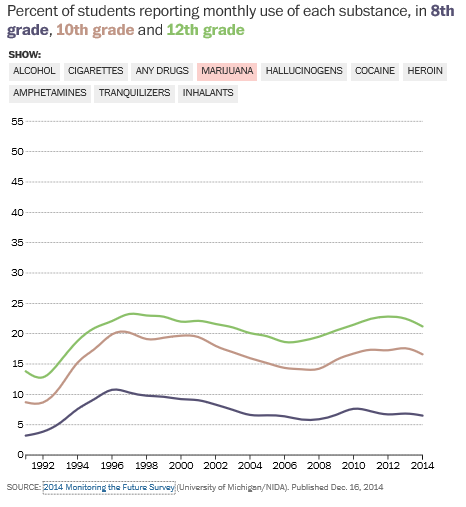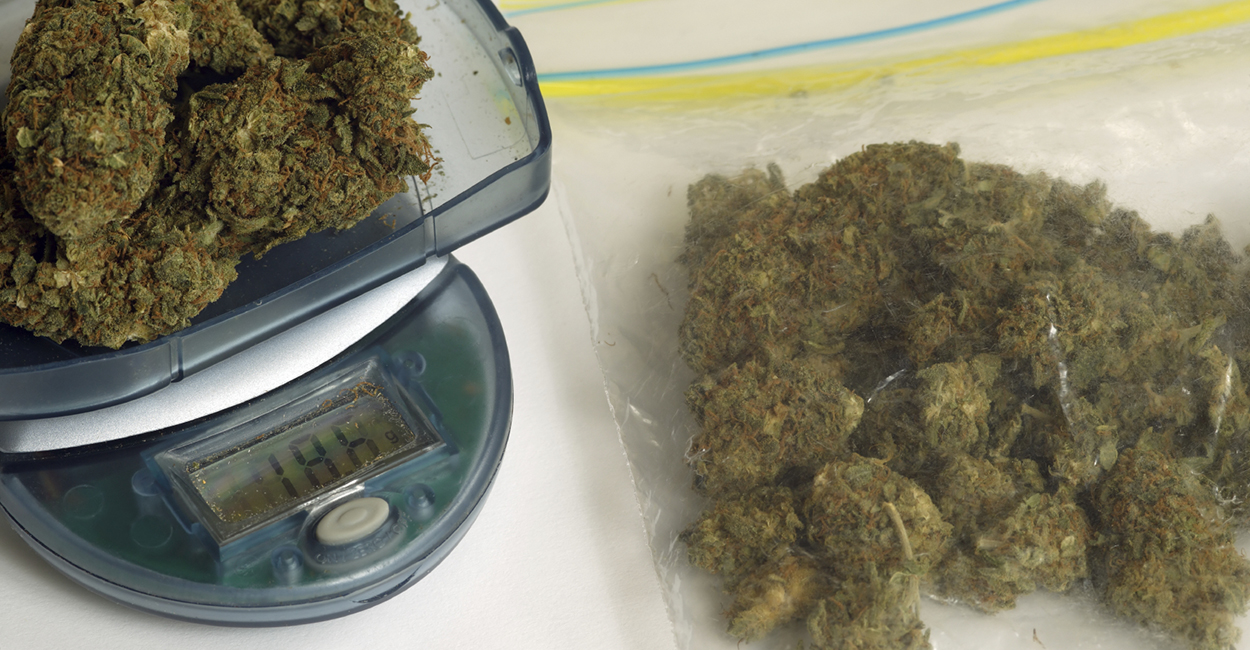munchies.com - Thank You, what a great video!
Recipe: make chicken "pot-cciatore" at home - http://bit.ly/1x2cPfT
Join our constant high in Bong Appetit, a new show about the wonders of weed-infused drinks and beverages. Throughout the series, we will be introduced to the many uses of marijuana—from curing the body to just smoking it for a good time.
In our first episode, host Matt Zimbric heads to a secret Californian medical marijuana garden run by Nonna Marijuana, a 91-year-old grandmother who cooks classic Italian with a twist. Using buds grown by her own daughter, Nonna teaches Matt a foolproof method for infusing cannabis into butter, then guides him through preparing Chicken "Pot-cciatore" and gnocchi in ganja butter. Along the way, she explains how and why she recommends medical marijuana to those in need—without ever getting high on her own supply. Matt, on the other hand, may regret going back for seconds.
Read: 91-Year Old Nonna Marijuana is the Queen of Weed Cuisine - http://bit.ly/1GdiMIp
Check out 'A Gourmet Weed Dinner At Hunter S. Thompson’s House' - http://bit.ly/1z6FL4v
Subscribe to Munchies here: http://bit.ly/Subscribe-to-MUNCHIES
Check out http://munchies.tv for more!
Follow Munchies here:
Facebook: http://facebook.com/munchies
Twitter: http://twitter.com/munchies
Tumblr: http://munchies.tumblr.com
Instagram: http://instagram.com/munchiesvice
Compared to other recreational drugs -- including alcohol -- marijuana may be even safer than previously thought. And researchers may be systematically underestimating risks associated with alcohol use.
Those are the topline findings of recent research published in the journal Scientific Reports, a subsidiary of Nature. Researchers sought to quantify the risk of death associated with the use of a variety of commonly-used substances. They found that at the level of individual use, alcohol was the deadliest substance, followed by heroin and cocaine.




